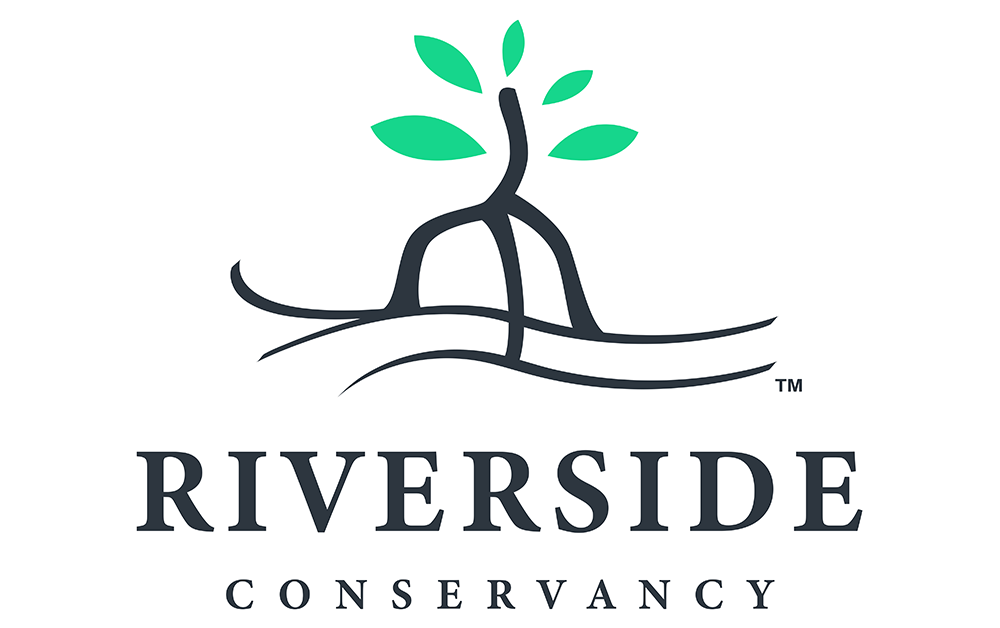By Lisa D. Mickey
Perhaps you have heard of living shorelines, but have you ever heard of living seawalls?
Living seawalls are a hybrid approach to coastal restoration that scientists believe could potentially offer greater coastal resilience to natural dunes and improved structural safety for beachside communities. The hybrid design concept utilizes the strengths of both hard, structural elements, as well as nature-based solutions.
In simple terms, a living seawall consists of a traditional seawall fronted by riprap (large rocks) strategically placed on a sloped sand embankment behind a reconstructed sand dune with planted native dune vegetation. As the vegetation grows, the sand is held in place and natural expansion occurs. Underneath and behind the rebuilt dune, the seawall structure provides a stronger framework against tropical storms.
Scientists at Embry Riddle Aeronautical University, Bethune-Cookman University and University of Central Florida are collaborating on this National Science Foundation project that was borne out of need following Central Florida coastal community’s devastating 2022 tropical storms. Hurricanes Ian and Nicole tore through coastal Volusia County that year, leaving extensive beachfront property damage valued around $500 million. This year, Hurricane Milton has provided another striking example of the need for more resilient shorelines.
The design phase of the university research project begins in November with two community workshops (date, location and time will be announced soon). The workshops will introduce the research group, comprising of civil engineers, coastal engineers and environmental scientists, from the universities who are conducting the research. The researchers will be using climate models and wave models to better understand the risk faced by the coastal communities, along with analyzing attributes of what would make a hybrid dune system more resilient to such risk. The team is seeking input from the public, policy makers, permitting agencies, and beach-front property owners in the process.
“With many of the dunes still damaged by the storms, we are asking what is the best way to compensate for those losses?” said Dr. Hyun Jung Cho, a professor at Bethune-Cookman, who is involved in the project’s current planning stage. “There are still a lot of questions to answer.”
In the aftermath of the 2022 and 2024 storms, some residents were forced to evacuate their compromised homes. Others found themselves vulnerable after their dunes had washed away, leaving no protection from future storms or storm surges.
“The research team believes that such a hybrid solution would improve the resilience of Volusia County’s coastline by protecting it from storm surges, wave action and other climate impacts, while also enhancing ecological diversity and providing habitat for wildlife,” added Dr. Siddharth Parida, assistant professor in Embry Riddle’s Department of Civil Engineering and the principal investigator in the proposed project.
Whereas living shorelines on the Indian River Lagoon with adequate buffers offer sufficient protection to waterfront property owners, using such natural elements as mangrove trees, cord grass, oyster reefs and even coquina in some places, the coastal shoreline is far more dynamic and more greatly challenged to withstand tropical-storm impacts. Even established and well-vegetated dune lines along coastal shorelines can be compromised by large storms.
And, as a changing climate ushers in stronger and more frequent storms that are moving across storm-fueling warmer water, scientists are looking for practical solutions to assist nature. The engineering of living seawalls would involve simulated conditions of examining maximum water levels, wind velocities and wave parameters. Simulations of site-specific sea-level rise, storm surge and wave conditions for Volusia and Flagler counties would be evaluated and integrated in the structural design.
While man-made structures may provide immediate reinforcements against wind and wave action, over time, these traditional structures alter the natural coastal habitat, sand collection and coastal processes for dune formation – effectively changing the natural formation and viability of dunes.
Scientists involved in the project believe a hybrid seawall would minimize drawbacks from the traditional armored structures and help reestablish aesthetic and environmental value of Volusia County’s natural dune line.
“The loss of beachside and the barrier island is going to become more of a problem,” added Cho. “We are losing sand and the beach, recreational and aesthetic value, and of great importance, ecological value and the services provided, such as habitat for shorebirds and sea turtles. It’s not just a future problem. It’s a problem now.”
To be notified of the workshops, please email Dr. Parida at paridas@erau.edu. Various stakeholders will be invited to the workshops, including property owners, environmental groups, city, county and state groups, builders, and permitting agencies.
Stakeholders will have an opportunity to voice their opinions about coastal shoreline resilience that will be considered in the project’s design. Once a design is created, the scientists will submit their plan to the National Science Foundation for funding. If funding is approved, the building phase will begin for the pilot project at a test location.
“We want the public to know this project is a collaborative, science-based effort to enhance coastal resilience in Volusia County,” said Dr. Parida. “By combining natural and structural solutions, the project aims to protect both properties and ecosystems in the face of increasing climate threats like hurricanes and sea-level rise.”
